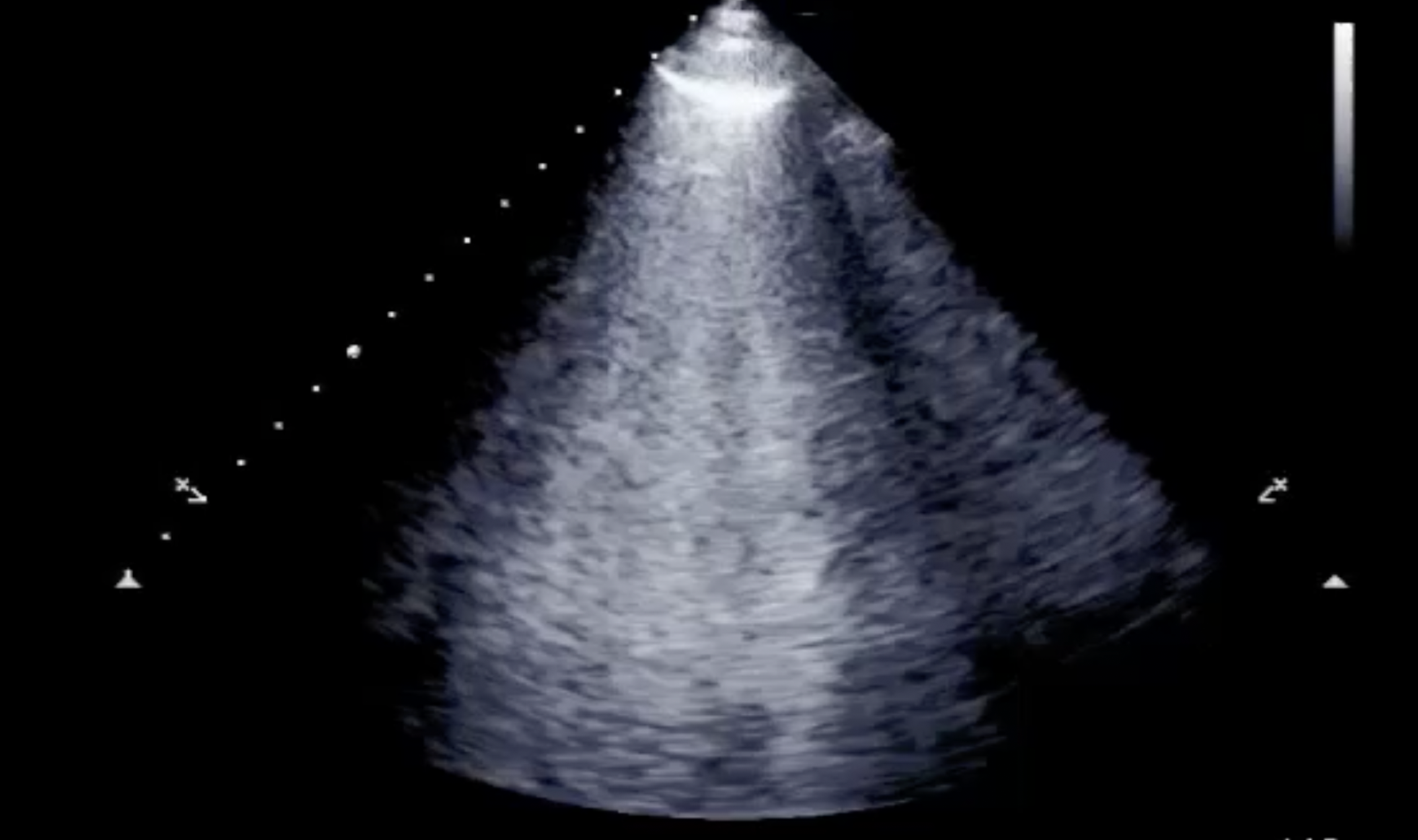RESEARCH LETTER | Lung Ultrasound Can Predict Response to the Prone Position in Awake Non-Intubated Patients with COVID-19 Associated Acute Respiratory Distress Syndrome.
Source: Critical Care 202125;35
INTRODUCTION
Patients with acute respiratory distress syndrome (ARDS) are commonly managed with prone positioning (PP). While studies have demonstrated the positive effects of PP on oxygenation in awake and non-intubated patients, PP is not effective in every case. The main objective of this study was to evaluate whether the changes of lung aeration assessed by lung ultrasound (LUS) can predict the oxygenation response during PP.
This prospective cohort study was conducted in COVID-19 care units of two university-affiliated hospitals between April 8 and May 10, 2020. Patients were included in the study if they were breathing spontaneously, were suspected or confirmed diagnosis of COVID-19 infection, had bilateral changes detected by high-resolution computed tomography and PaO2/FiO2 < 300 mmHg.
22 COVID-19 patients were included in the study. Sixteen of 22 patients (72.7%) responded to PP treatment with significant increase in PaO2/FiO2. Respiratory rate significantly improved in responders. The patients who responded to PP had more pronounced disturbances of aeration in posterior regions as reflected by LUS. The decrease of the total LUS score and LUS score of posterior regions was significantly greater in responders.
The authors concluded that in patients with severe COVID-19, the aeration changes assessed by LUS may be useful in prediction of oxygenation response to PP in awake non-intubated patients with COVID-19-associated ARDS.
 English
English
 Español
Español 

